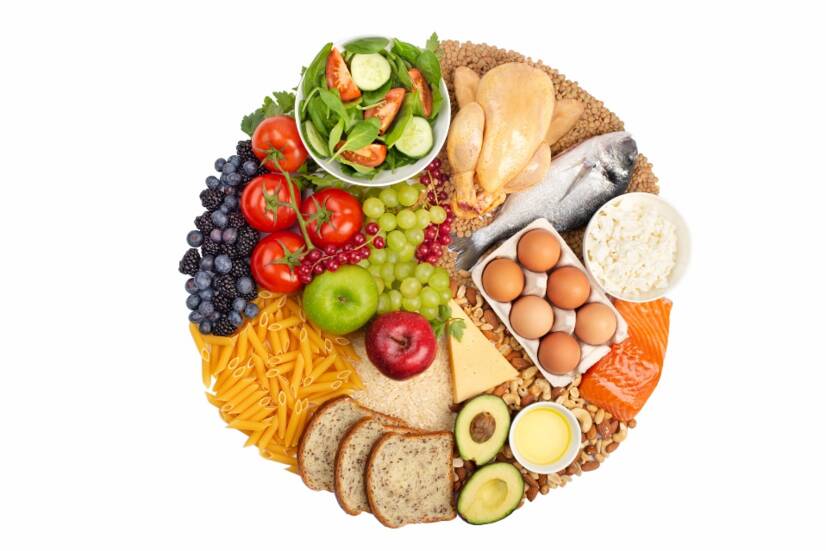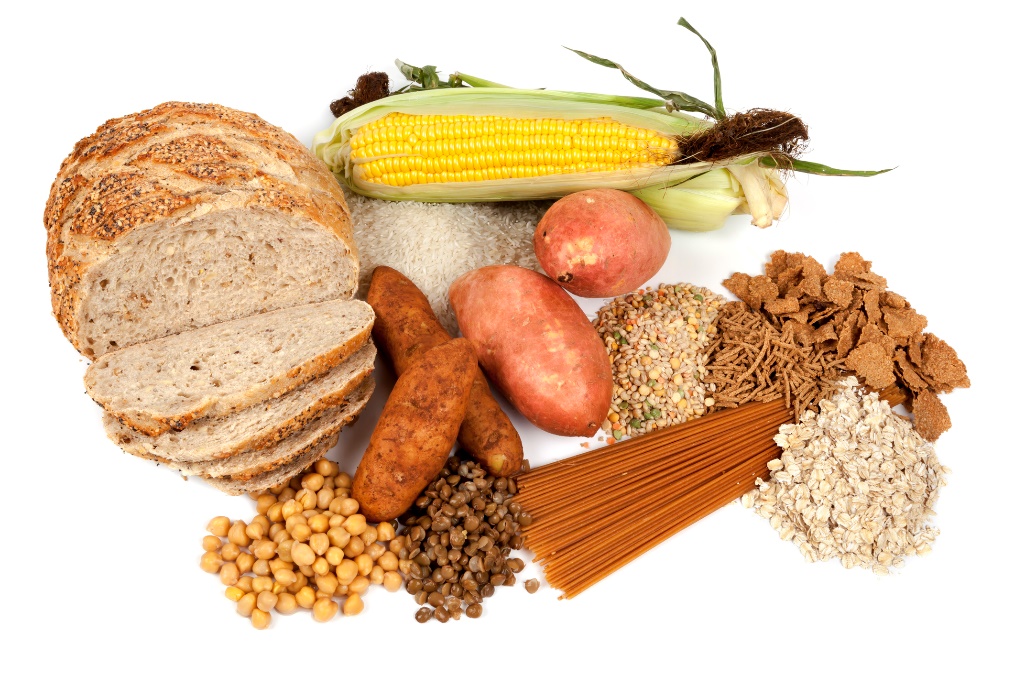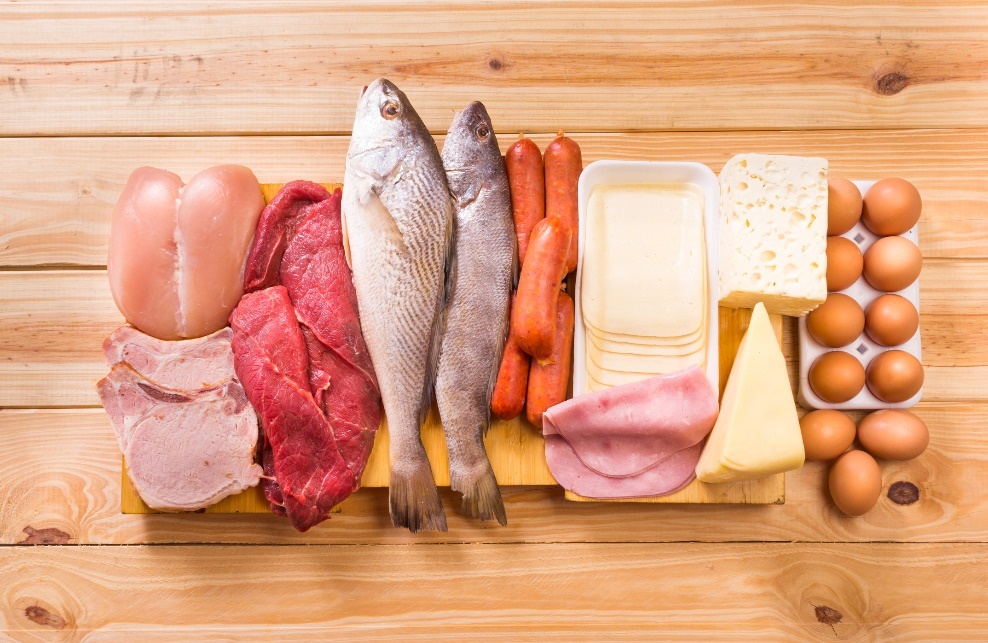- SHARMA, Sangita. Clinical nutrition and dietetics: in a nutshell. Translated by Hana POSPÍŠILOVÁ. Prague: Grada Publishing, 2018. Sestra (Grada). ISBN 978-80-271-0228-0
- SUMM, Ursula. The new split diet. Prague: Ikar, 2004. ISBN 80-249-0438-1
- LOVE, Gilly and PATRIZIA DIEMLING. The split diet: over 70 quick and delicious recipes based on the simple and healthy Hay diet : [practical guide]. Prague: Svojtka & Co., c2002. Step-by-step pictorial cookbook. ISBN 80-7237-530-X
- healthline.com - Does Food Combining Work? Healthline. Taylor Jones, RD
The split diet: principle and food combinations. Does it really work?

In the context of lifestyle and weight loss, we often try different diets and ways of eating. One of the dietary options is a split diet based on a combination of foods. What is the split diet based on? Which food combinations are appropriate and which are inappropriate?
Article content
The split diet, known worldwide as the Hay diet, originated in the 20th century in America. It is not exclusively a reduction diet, but rather a way of eating for better digestion.
It is based on the division of foods that should and should not be combined together in one meal.
You can read the principle, the idea, the food splitting, the combinations, the actual effectiveness of the diet and many other interesting information in this article.
The principle of the split diet
It should be noted that the principle of the split diet is not officially scientifically based. The principle of the split diet was first discovered in Ayurvedic medicine in India.
However, the diet was popularised and revived by the American physician Howard Hay, after whom the diet is named. After he suffered a heart attack, he began researching the effect of diet and individual foods on the human digestive system.
He focused on digestive enzymes, juices and the breakdown of food.
Based on his research, he found that the digestive tract must create a heavy load when multiple macronutrients (carbohydrates, proteins, fats) are taken in at the same time.
This, according to him, leads to slower digestion, fatigue and accumulation of toxins in the body.
Foods require different digestive enzymes to break them down at different pH levels (the acidity level of the environment).
Dr. Howard Hay states that if two different foods require different environmental pH levels to digest, our bodies cannot properly digest both foods at the same time.
So the main principle of the split diet is based on two ideas:
- Each food is digested and broken down at a different rate.
- Different digestive enzymes work at different pH levels.
The goal of the split diet is a diet with an appropriate combination of foods that supports digestion, metabolism and overall digestive health.
The American Howard Hay believed that a split (combined) diet would allow the stomach to maintain a proper balance of acid and alkaline environment. This would lead to improved digestion, overall health and weight loss.
Thus, the split diet provides the consumer with basic rules about the appropriate and inappropriate combination of foods (macronutrients) in the diet.
Basic dietary splitting
The division of diets is based on their rate of digestion, the pH level of the environment for proper digestion and the origin of the food (plant/animal). The basic principle is the prohibition of combining proteins from different sources (animal and plant proteins).
This should be based on the observation that some proteins are digested quickly and others more slowly. Another argument is that proteins require a low pH environment for digestion and carbohydrates require a high pH environment.
According to proponents of split diets, this can subsequently cause digestive problems.
However, it should be noted that the choice of foods in each group may vary slightly according to the promoter, source and progression of this alternative split diet.
According to the principle of the split diet, foods are divided into:
- Carbohydrate foods, starches (alkaline group) and fruits
- Protein foods of animal origin (acid group)
- Neutral foods (vegetables, fats)
Carbohydrate plant foods (alkaline group)
According to the split diet, carbohydrates need a high (alkaline) pH environment for physiological digestion.
The carbohydrate group is otherwise known as the starch group or the plant group. It includes carbohydrates and proteins of plant origin. These are mainly cereals, cereal products and legumes. Since sugar is also contained in fruits, it belongs to the carbohydrate group.
Examples are bread, rice, potatoes, pasta, quinoa, beans, couscous, chickpeas, lentils, peas, corn, flakes, semolina, buckwheat, etc. Also any fruit with excessive amounts of sugar, honey, jams, syrups and other sweets.

Protein animal foods (acid group)
According to the principles of the split diet, proteins need a low (acidic) pH environment for physiological digestion.
This group includes raw materials containing animal proteins. This group mainly includes meat (chicken, beef, veal, duck, etc.), dairy products, cheese and eggs. It also includes fish and seafood.
Some sources indicate that it also includes some low-sugar fruits such as citrus fruits, apples or peaches, and some exotic fruits.

Neutral foods (fats and vegetables)
Neutral foods are a popular option because a split diet allows them to be combined with any plant or animal group. They play an important role in a split diet.
They include some dairy products and fats (cottage cheese, cream, kefir, fatty cheeses, olive oil), nuts, spices and various mushrooms. However, vegetables make up the largest part of this neutral group.
Appropriate and inappropriate food combinations
The exact rules may vary slightly according to sources, authors and the development of the split diet. In particular, foods containing different macronutrients at the same time are debatable. However, the basic rules about appropriate and inappropriate combinations remain the same.
- Plant and animal groups should not be combined
- Starches do not combine with the acidic group of proteins
- Different types of proteins do not combine
- Fruits do not combine with vegetables
- Animal group can be combined with vegetables
- Plant group can be combined with vegetables
- Neutral group foods can be combined with everything
- Dairy products ideally consumed on an empty stomach
- Fruits ideally consumed on an empty stomach
- Avoid refined simple sugars
- Avoid instant foods
- Avoid caffeine
Other unclear rules include that simple sugars should be eaten on their own and that protein should not be combined too much with fat.
Example of a daily split diet
Breakfast
Carbohydrates should be eaten for breakfast as they give the body energy for the longer part of the day. These include, for example, wholemeal bread with jam, oatmeal with low-fat yoghurt and honey or fruit.
A savoury option is eggs in various ways (omelette, ox eye, scrambled eggs) with fresh vegetables.
Lunch
Lunch as the main meal of the day. A suitable protein lunch is meat. An example is lean roast chicken with a vegetable or fruit salad. Various vegetable soups can also be served.
Vegetarian options include pasta with tomato sauce or roasted chickpeas with vegetable salad.
Snack
A small snack that gives the body the energy it needs without burdening the digestive tract like a main meal. Examples are yoghurt, bread, fruit, lean ham or cheese. You can combine snacks (other than fruit) with nuts, seeds or vegetables.
Dinner
Like lunch, dinner should consist mainly of a portion of protein. A good example is baked fish fillets or grilled turkey breast with a vegetable salad. A vegetarian option is, for example, vegetable risotto.
However, it is essential that at least one main meal of the day contains protein.
Does a split diet really help with weight loss and digestion?
The principle of a split diet is not entirely scientifically based. This is mainly because most foods contain carbohydrates, proteins and fats at the same time. The digestive enzymes that break down food are also washed out together in the small intestine.
However, from a nutritional point of view, the split diet is not harmful or eliminates a particular macronutrient from the diet. It merely recommends that they be eaten separately.
Therefore, with a sufficiently varied diet, even a split side can fully ensure the supply of all necessary nutrients.
In its physiological state, the human body can adjust the pH in the digestive tract according to its needs. The pH value is therefore not constant and is regulated by the body using stomach acids.
A split diet for weight loss can and often does work. However, success does not lie only in split diets and food combinations.
The success is primarily due to the caloric deficit caused by dietary modification - food control, regular eating, and especially limiting sugars and carbohydrates (generally calories in the diet).
Calculator: daily calorie intake TDEE - energy requirement + calculation
The answer is: It is possible to lose weight by eating a split diet because you reduce your calorie intake and adjust your eating habits.
Regular diet, quality of ingredients, elimination of unhealthy foods and a moderate calorie deficit have led consumers to lose weight and reach their goal.
Interesting resources
Related










